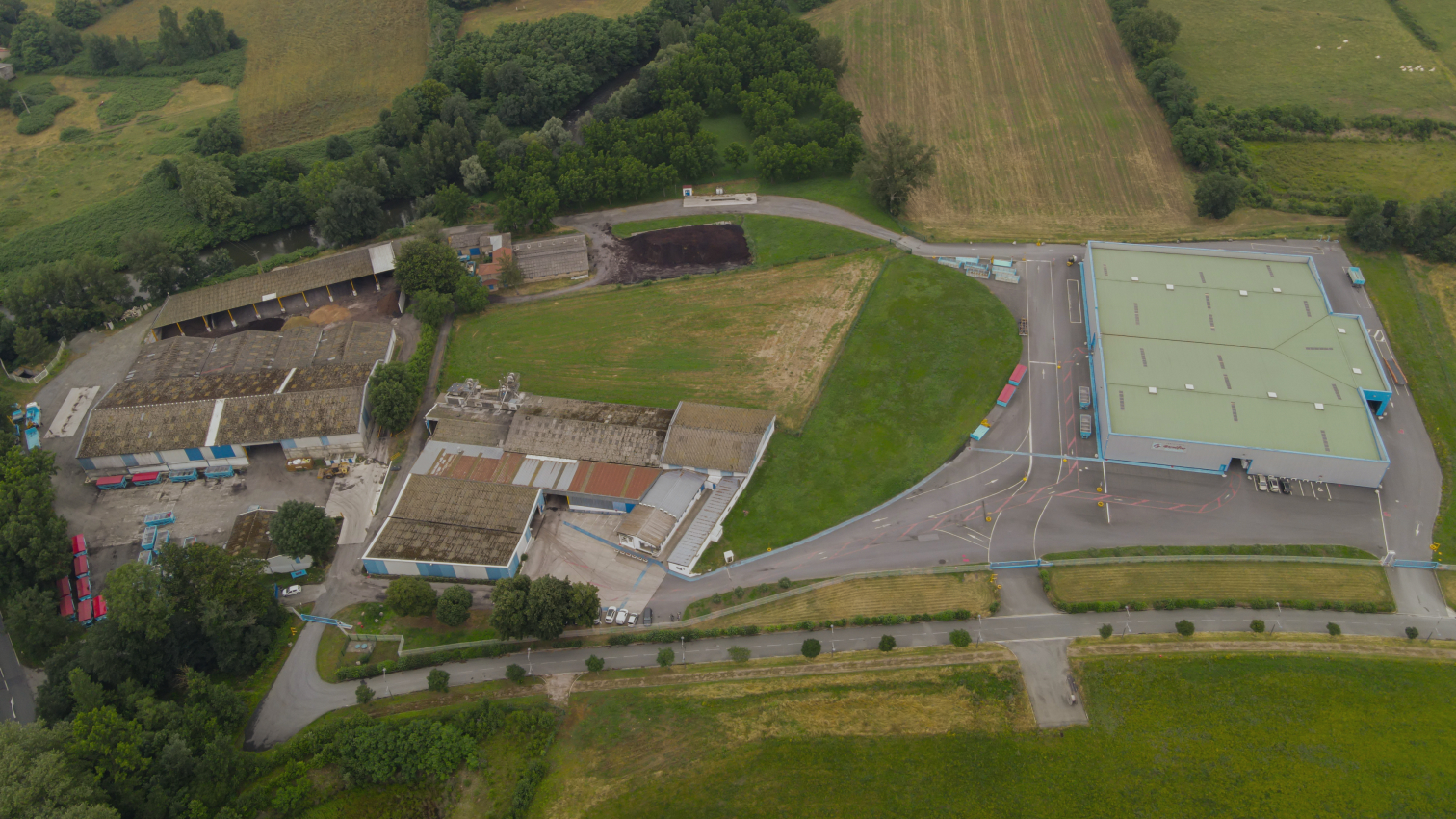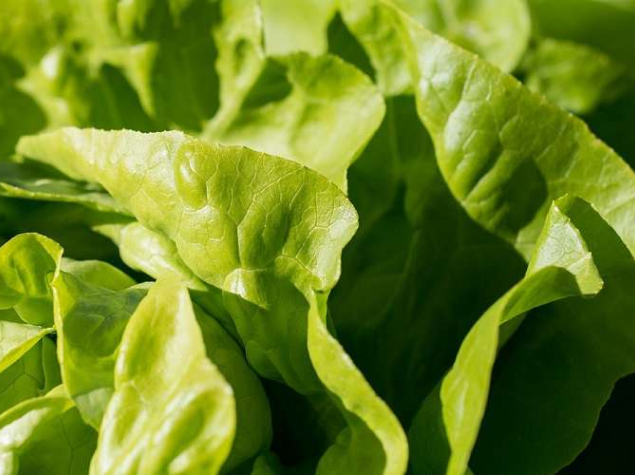Notre expertise
L'excellence au service de votre réussite
La qualité, la recherche et la veille technologique alimentent notre entreprise au quotidien. Nous travaillons aux cotés des agriculteurs et des distributeurs, sur la base des analyses de sol, pour concevoir des fertilisants sur-mesure.
Notre expertise nous permet d'offrir des conseils personnalisés aux agriculteurs, de les guider dans le choix des produits adaptés à leurs cultures et d'optimiser leurs rendements.
1
Analyse d’une problématique
2
Diagnostic
3
Proposition de la formule adaptée
4
Mazor® + choix parmi les 40 Matières actives nobles
Formulation sur-mesure adaptée à chaque sol et à chaque cultures
Notre expertise
Notre activité s'articule autour de sept axes spécifiques à l'ensemble de vos besoins agricoles.

Viticulture
L’ensemble des grands vignobles utilise les Fertilisants Organiques et Organo-Minéraux car la qualité des récoltes agit sur la qualité du vin.
En savoir plus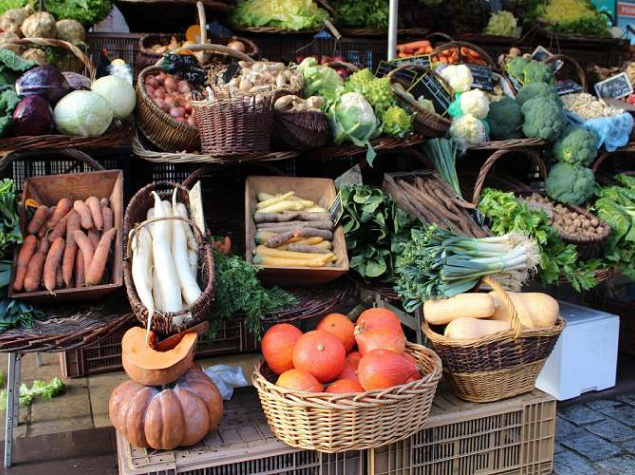
Maraîchage
Les Fertilisants Organiques et Organo-Minéraux améliorent les valeurs gustatives et sanitaires des légumes.
En savoir plus
Arboriculture
Les Fertilisants Organiques et Organo-Minéraux contribuent au bon développement des arbres et améliorent les valeurs gustatives.
En savoir plus
Horticulture
Les Fertilisants Organiques et Organo-Minéraux optimisent le développement végétatif des plantes et permettent aux fleurs coupées de tenir plus longtemps en exposition.
En savoir plus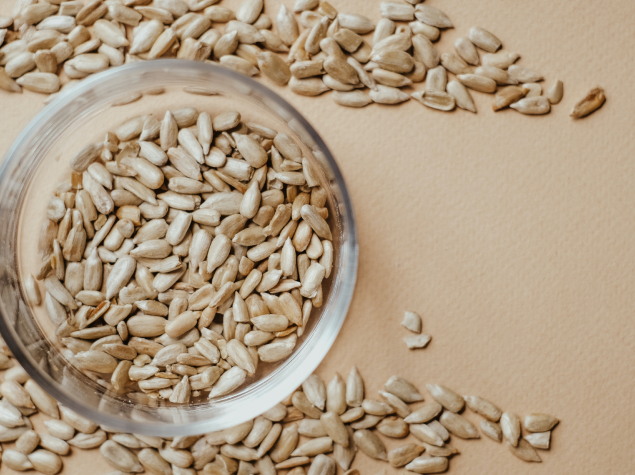
Céréales
Les fertilisants organiques et organo-minéraux de haute qualité jouent un rôle essentiel dans l'optimisation du rendement céréalier. En harmonie avec l'environnement et inscrits dans une démarche d'économie circulaire, nos produits nourrissent vos sols, stimulent la croissance de vos cultures et préservent la biodiversité.
En savoir plus
Jardineries
Cultivez des plantes d'exception et récoltez des fruits et légumes de haute qualité avec nos 5 fertilisants organiques et organo-minéraux, tous utilisables en agriculture biologique...
En savoir plus
Espaces Verts
Créez des espaces verts d'exception avec nos fertilisants organo-minéraux de haute qualité. Nourrissez vos parcs et jardins avec des solutions respectueuses de l'environnement, inscrites dans une démarche d'économie circulaire...
En savoir plusNotre site de production
Notre histoire, Depuis 140 ans et 5 générations
C'est à la fin du XIXe siècle que la famille Lautier s'implante dans le Tarn à Mazamet.
En 1885, quand Gabriel et Philomène LAUTIER, nos grands grands-aïeux, ont créé la Maison Gabriel LAUTIER à Pouzols dans l’Hérault, la devise était déjà d’être «Au Service de l’Agriculture». Ils étaient des précurseurs de l’économie circulaire puisqu’ils fabriquaient, à Mazamet, des engrais appelés «BOURRU», à base de déchets de laine et de cuir, issus du délainage Mazamétain. François et Augustine LAUTIER ont continué à structurer cette belle aventure.
Quand nos grands-parents, Marcel et Isabelle LAUTIER se sont installés définitivement à Mazamet, ils ont décidé, à la suite de discussions avec des chercheurs, d’incorporer des pulpes de raisins dans le bourru, car l’animal stimule et le végétal nourrit le sol... Ils ont alors développé des gammes de produits pour créer des amendements, des organo-minéraux, afin de faire «Les Engrais des Belles Récoltes».



Nos gammes produits
Profitez de nos gammes de Fertilisants Organiques et Organo-Minéraux pour obtenir des résultats optimaux

Notre MAZOR® symbolise l’essence même de notre savoir-faire, nos valeurs, et votre futur.
Il est le fruit de sept mois de compostage, de soin et de dévouement. Il est devenu la pierre angulaire de tous nos produits, symbolisant notre engagement envers l’excellence et la durabilité.
Nos actualités
Restez à l'écoute de toute l'actualité Germiflor
Nous partageons avec vous des infos sur nos produits, nos méthodes de fabrication et les dernières actualités sur la marque.
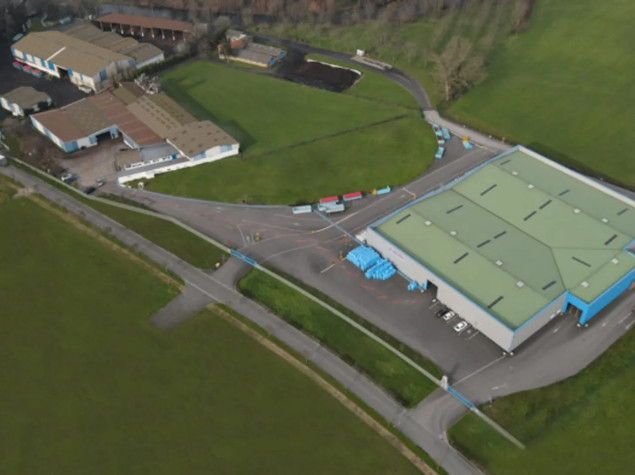
25 avril 2024
Mystères et merveilles de la fertilisation des sols : une journée unique chez Germiflor
Le 7 juin 2024, Germiflor, pionnier dans la fabrication de fertilisants organiques et organo-minéraux depuis 1885, vous convie à une exploration inédite au cœur de ses...
Lire l'article
25 mars 2024
Les secrets de fabrication de nos fertilisants d’exception
La fabrication de nos fertilisants d'exception est le fruit d'un processus complexe et minutieux, guidé par notre engagement envers la qualité, l'innovation et la...
Lire l'article
28 février 2024
Quand l'art de la viticulture rencontre la richesse du mazor
Depuis toujours chez Germiflor, nous travaillons aux côtés de viticulteurs passionnés et grandissons à leurs côtés. Nous vous présentons aujourd’hui une synthèse des...
Lire l'article
Notre réseau de distribution
Depuis 130 ans, nous fournissons des produits et services de qualité aux agriculteurs du monde entier.
Nous étendons nos activités à travers toute l'Europe en tant que distributeur de confiance. Notre réseau de distribution s'étend à de nombreux pays européens, offrant un accès facile à leurs produits de qualité pour les Agriculteurs.
Que vous soyez agriculteur, professionnel de l'agroalimentaire ou passionné d'agriculture, nous proposons des solutions adaptées à vos besoins spécifiques.








